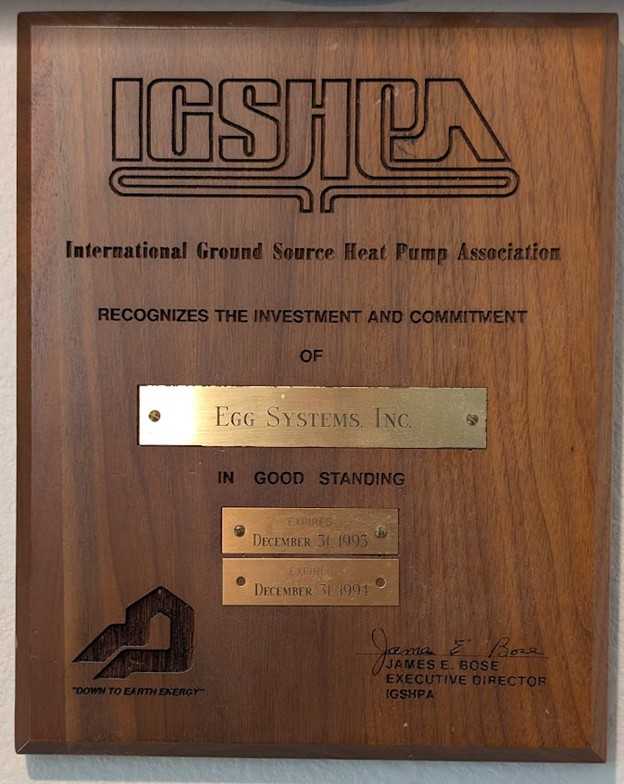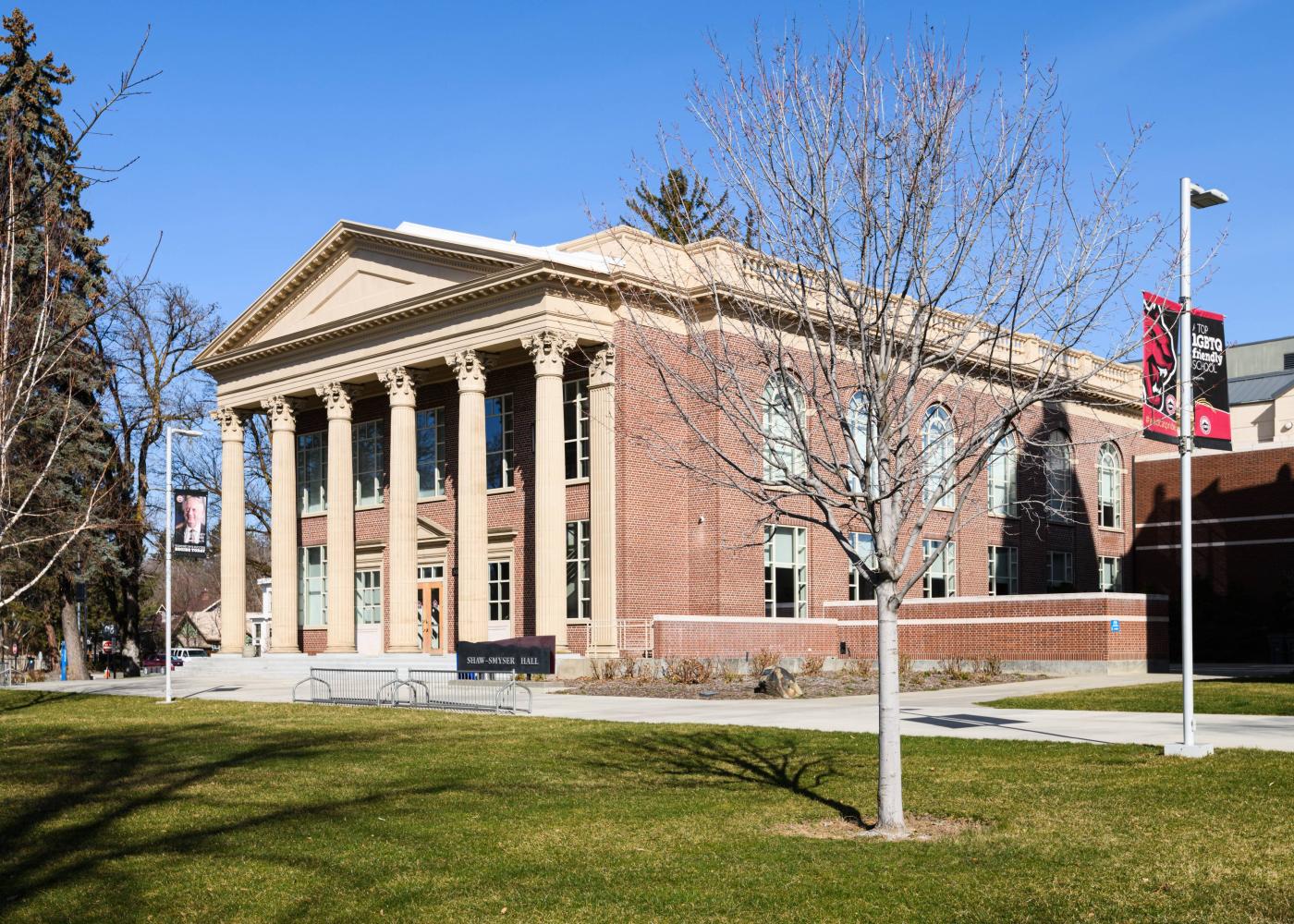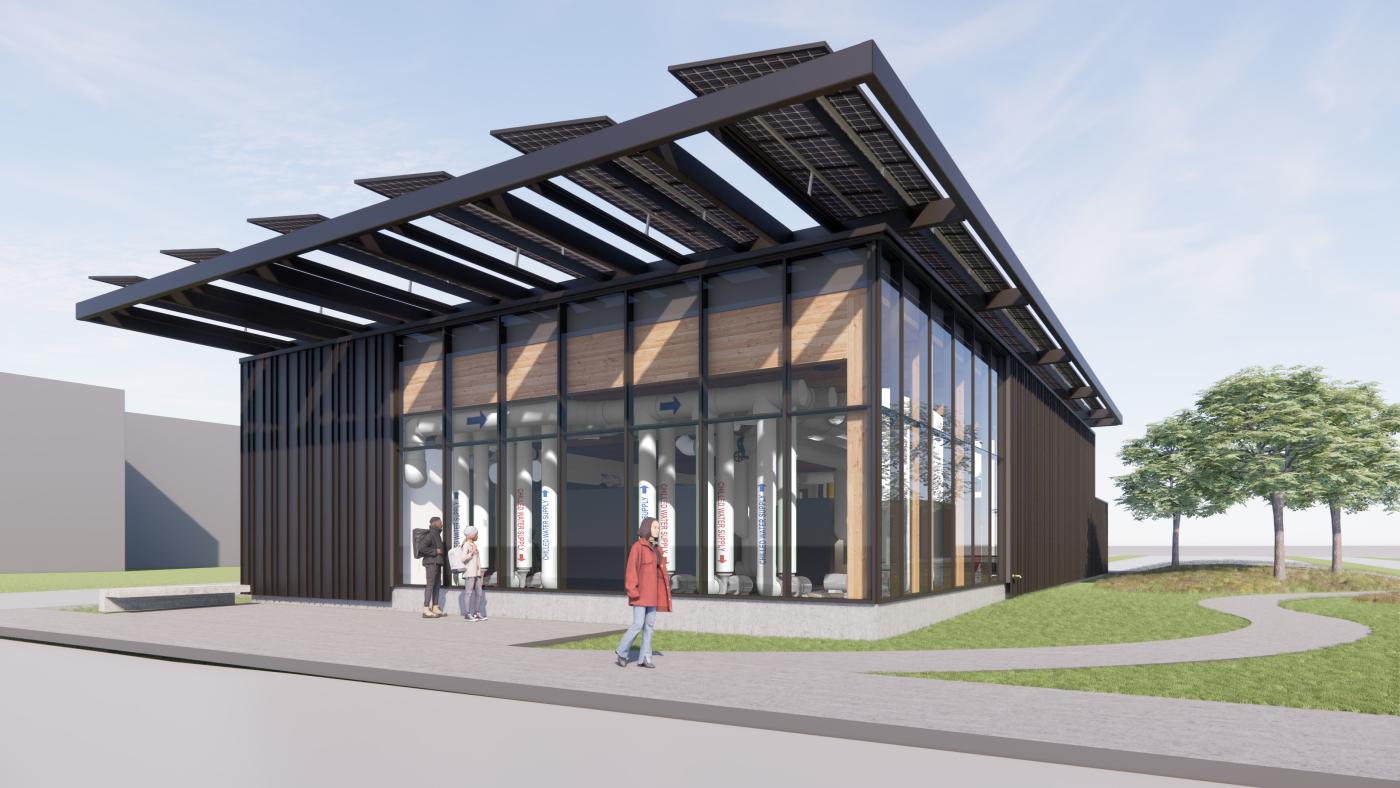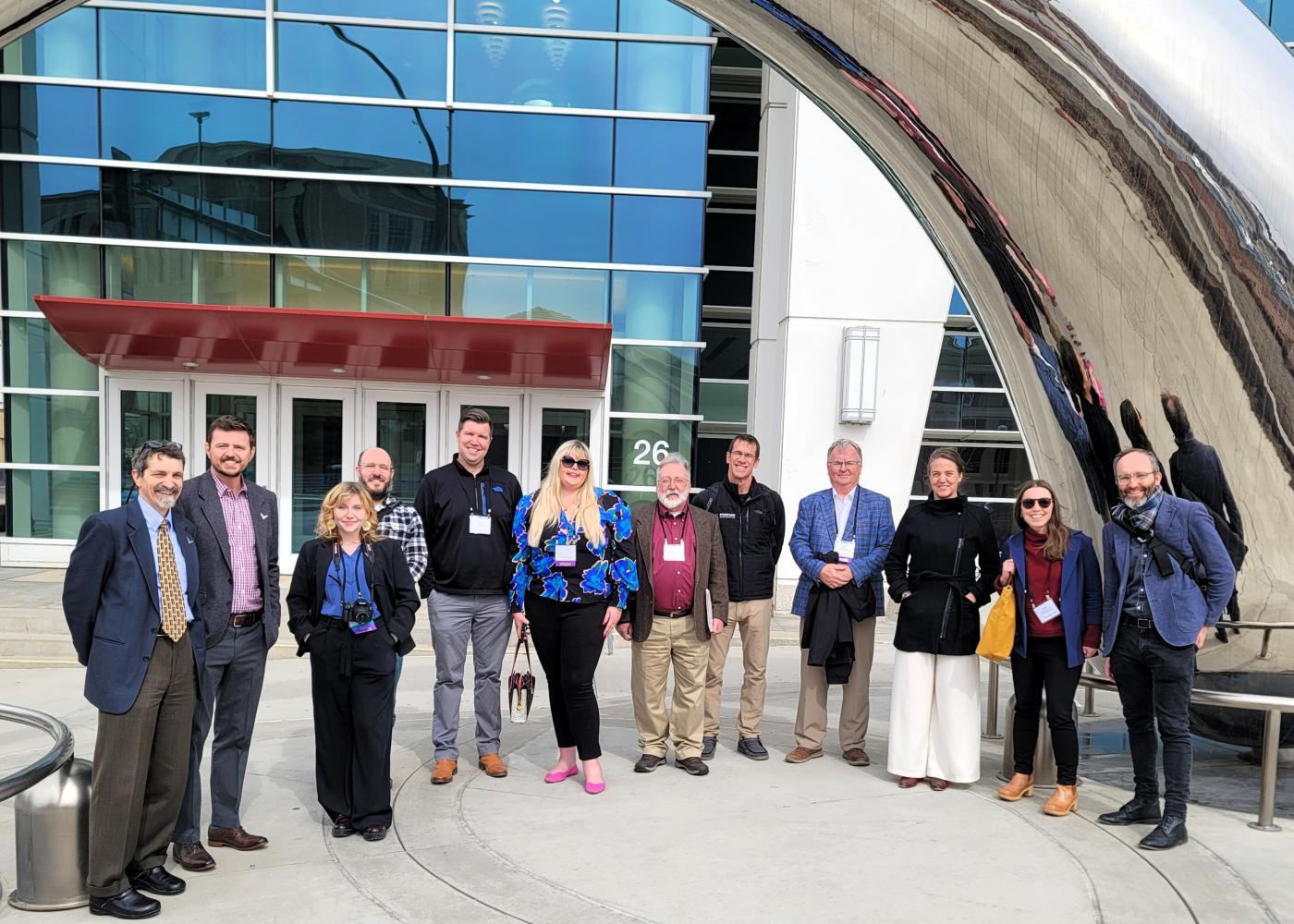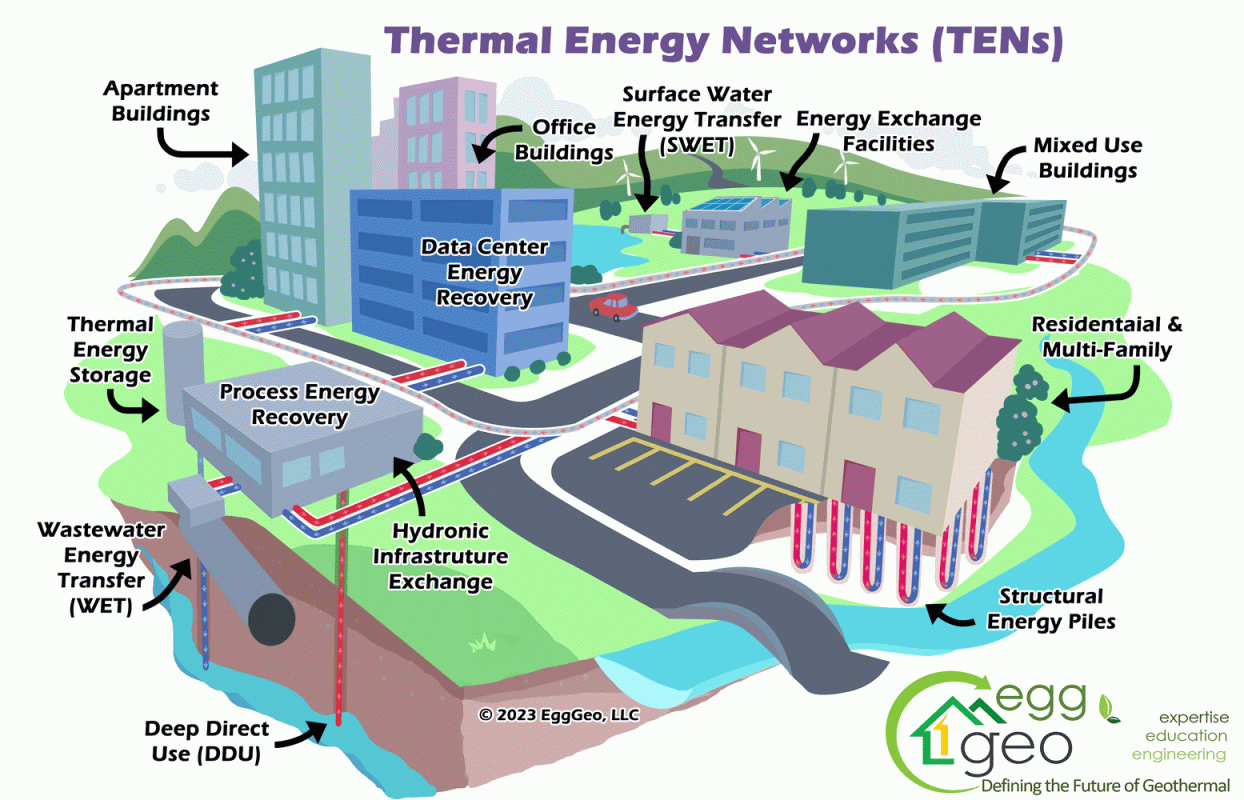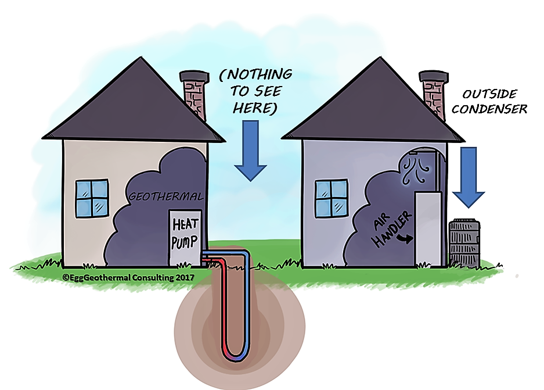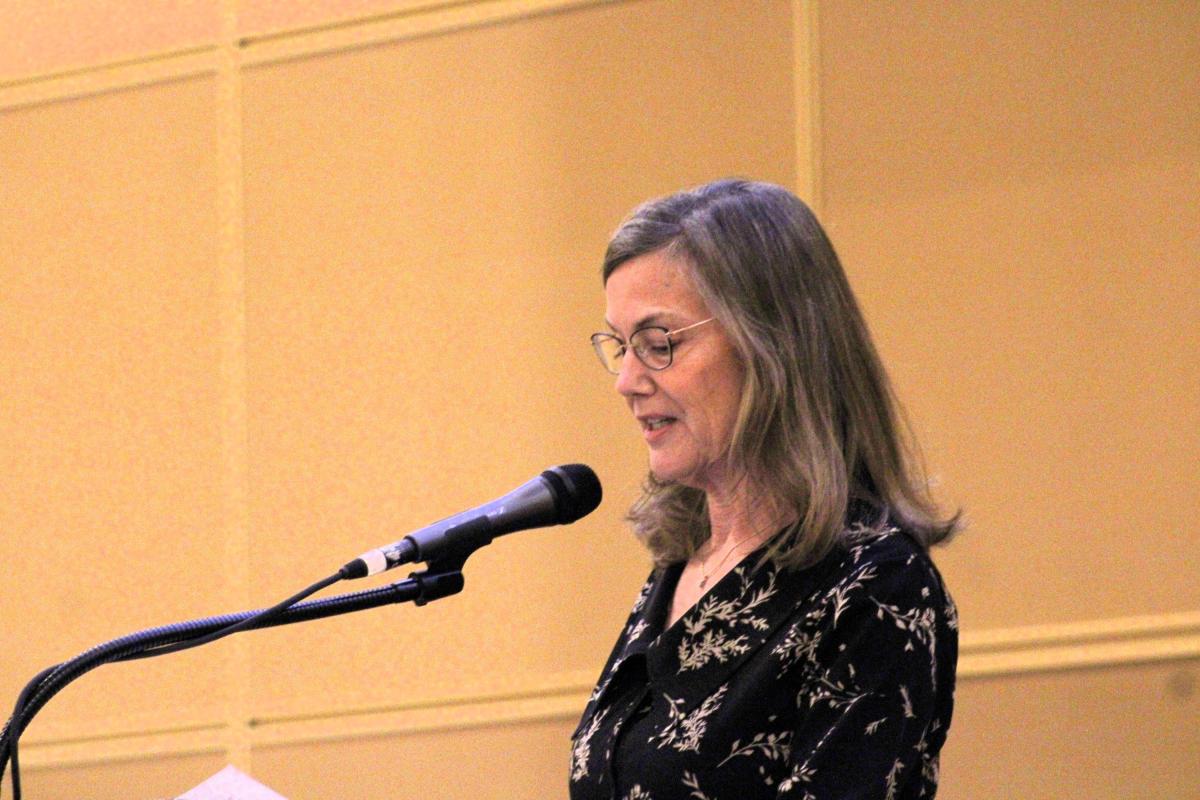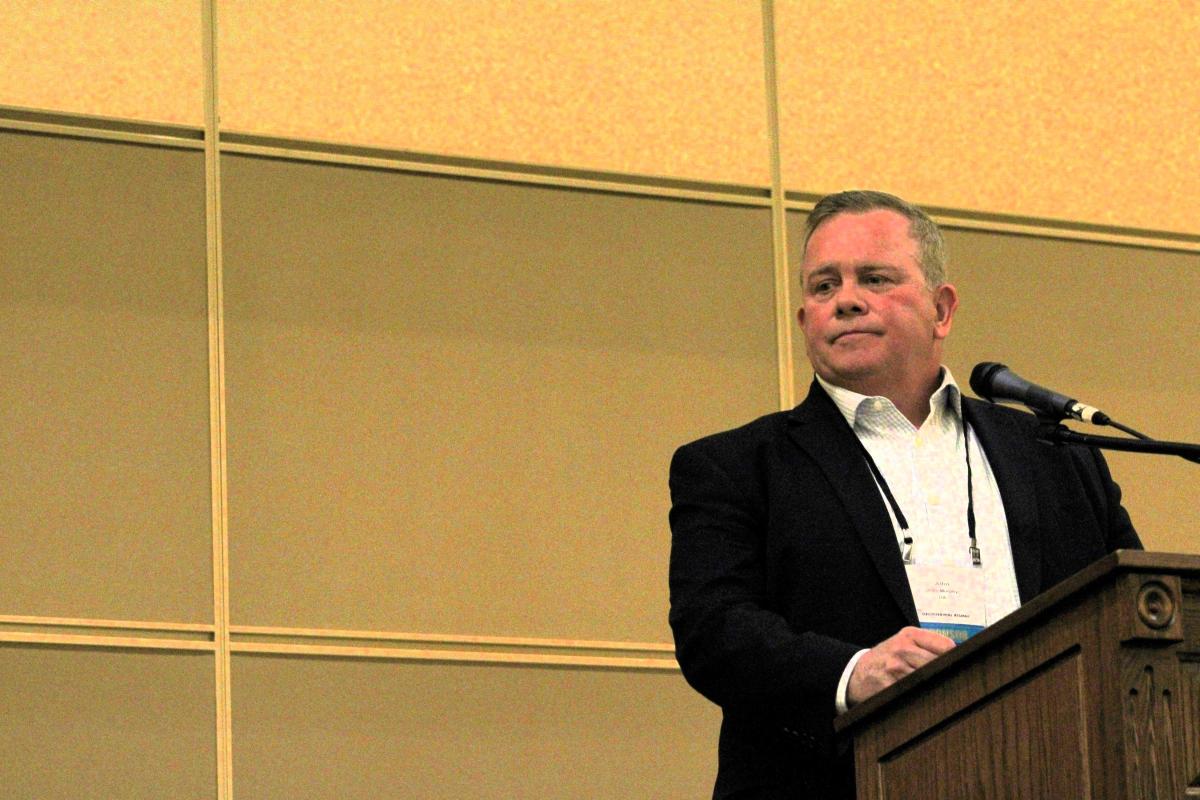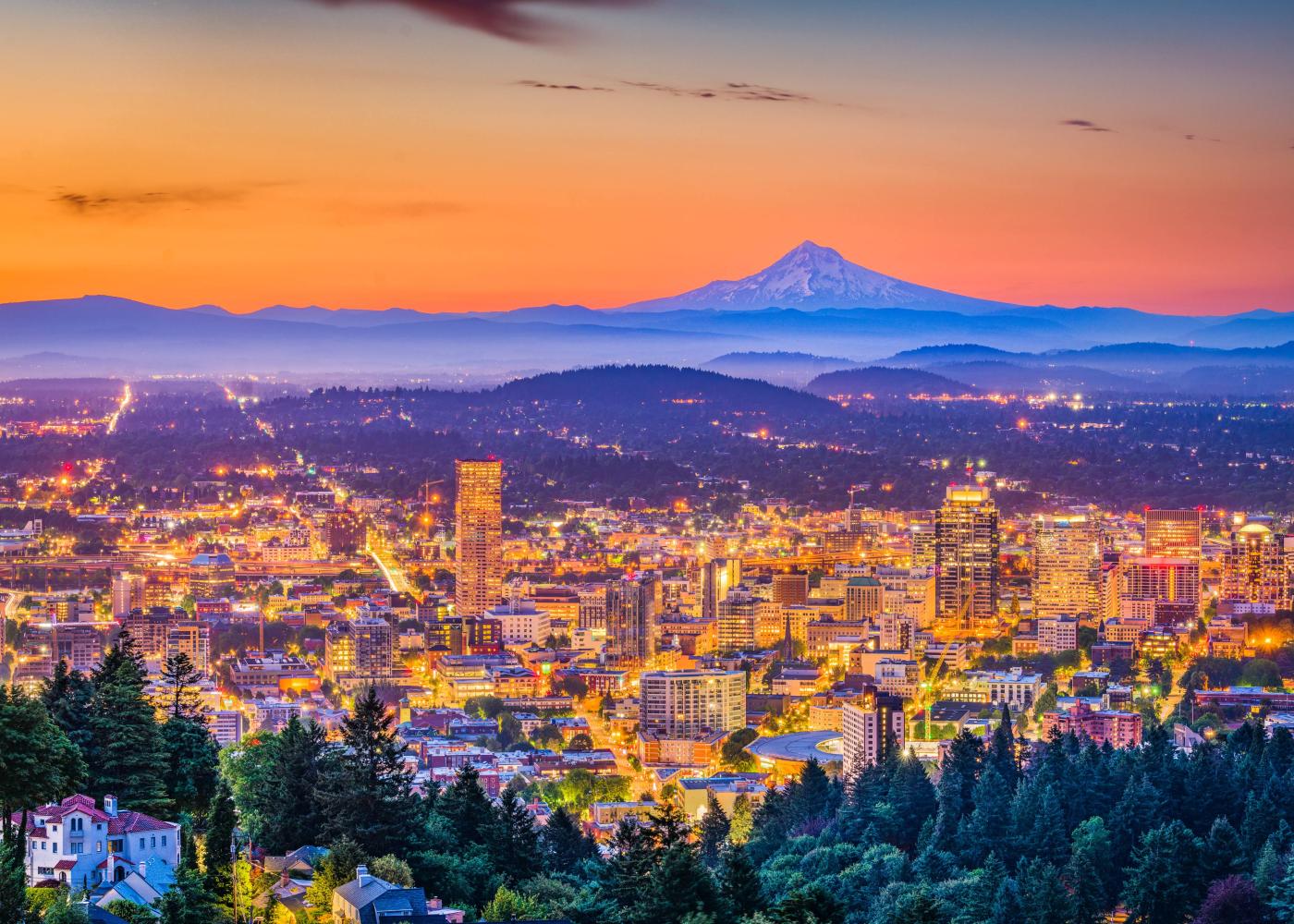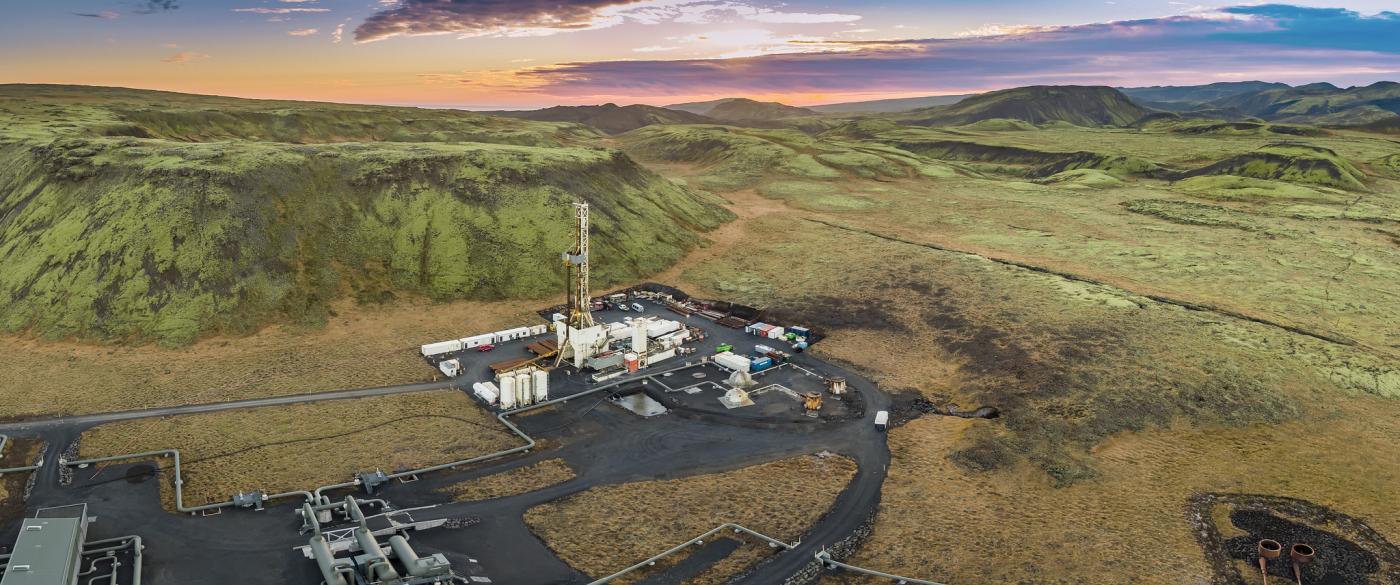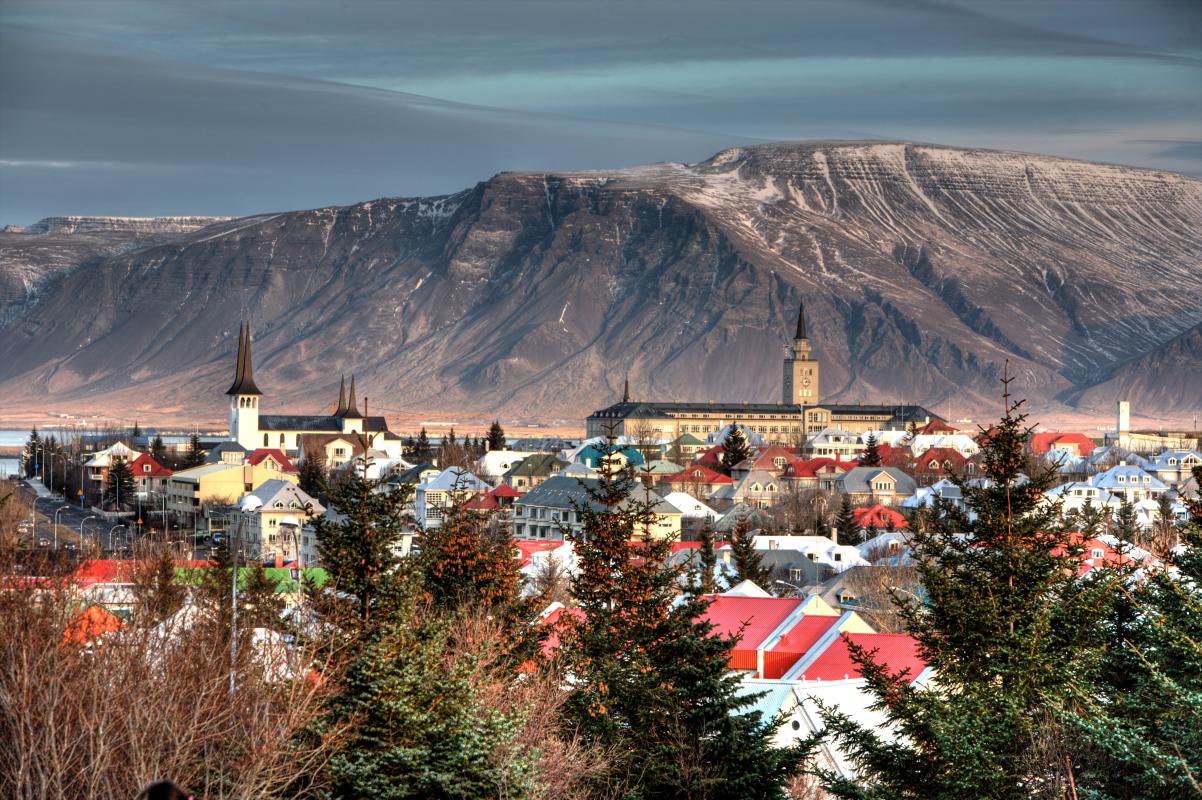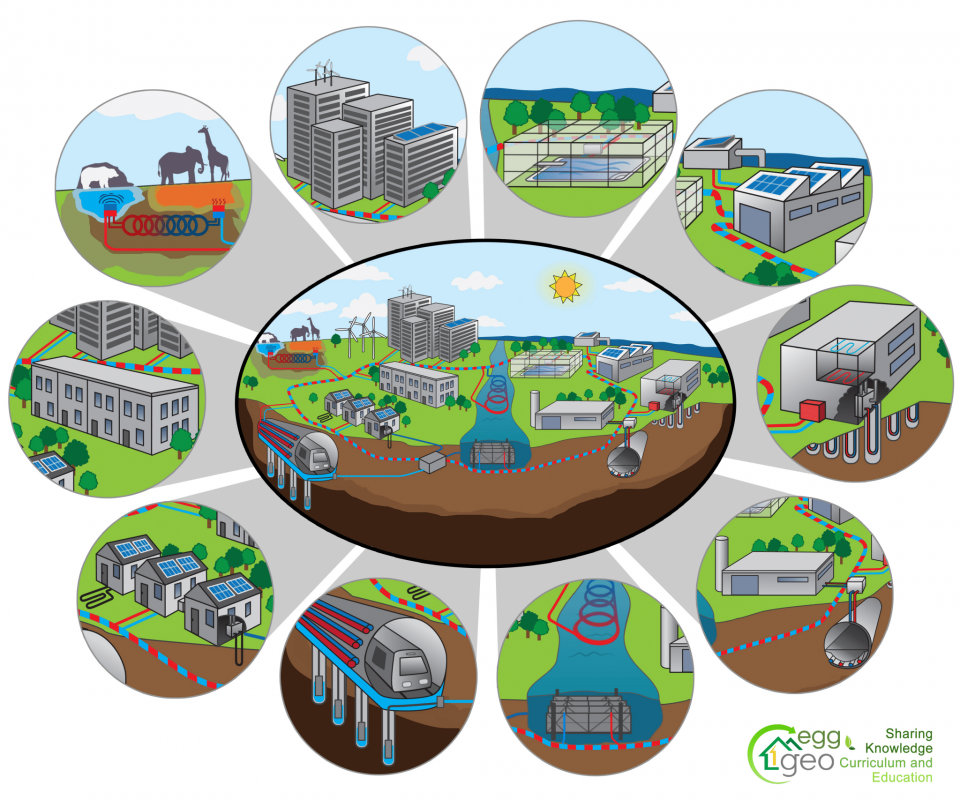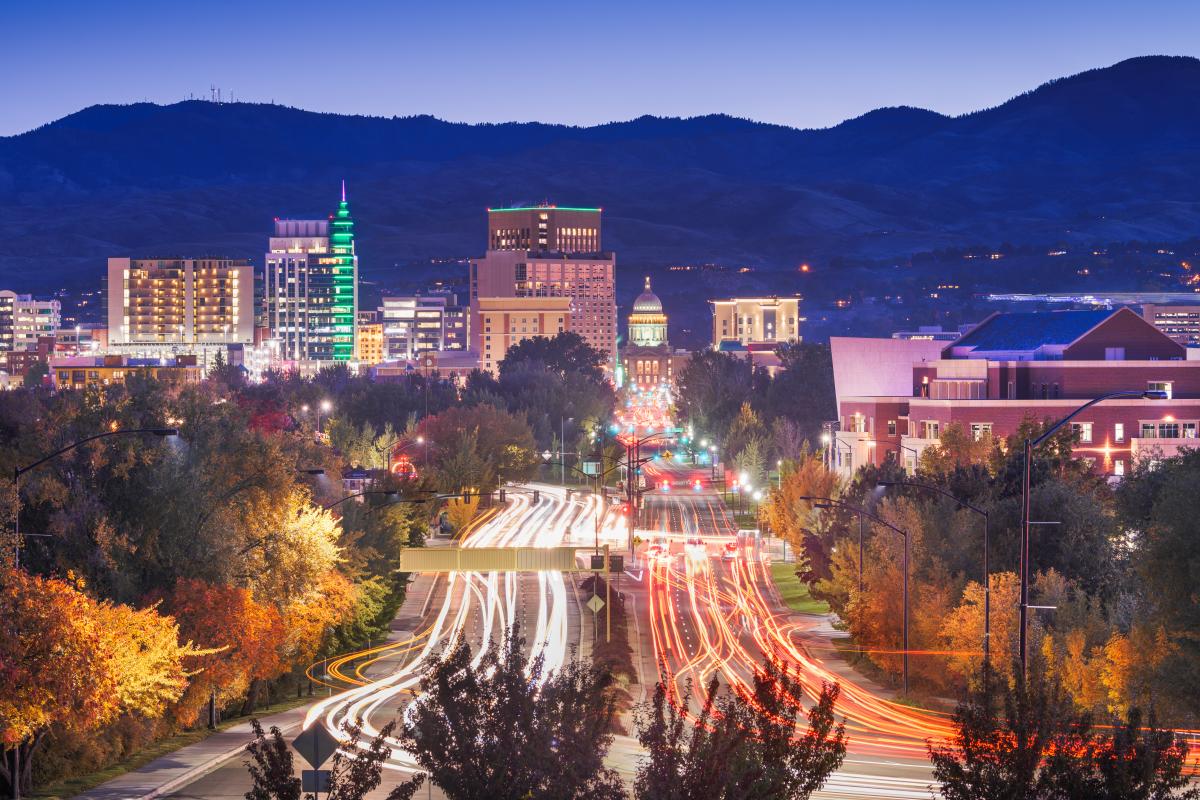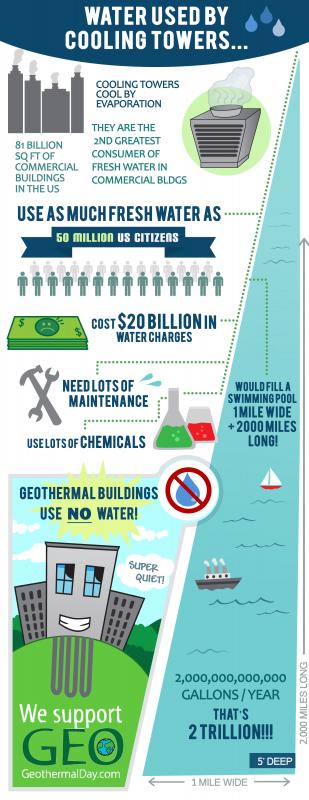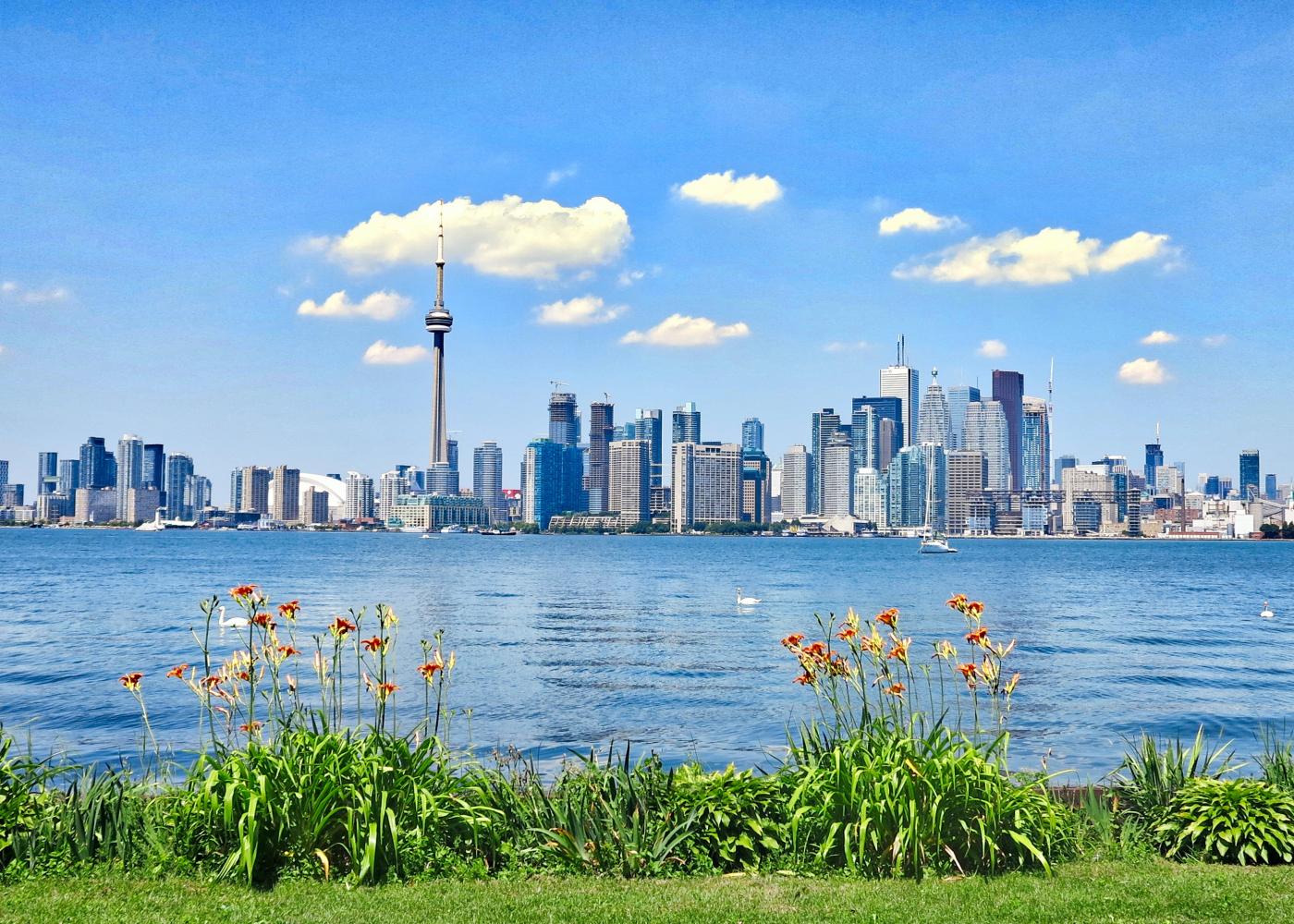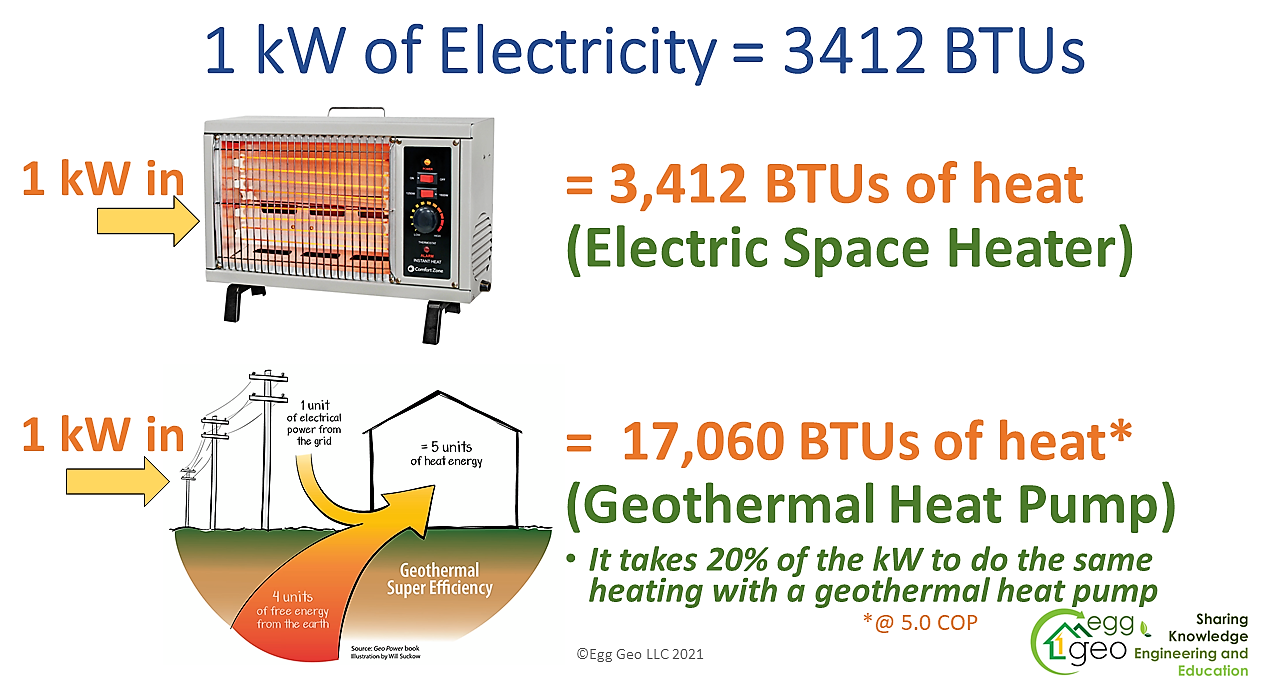A Full-Circle Honor: From the Father of Geothermal to Its Future
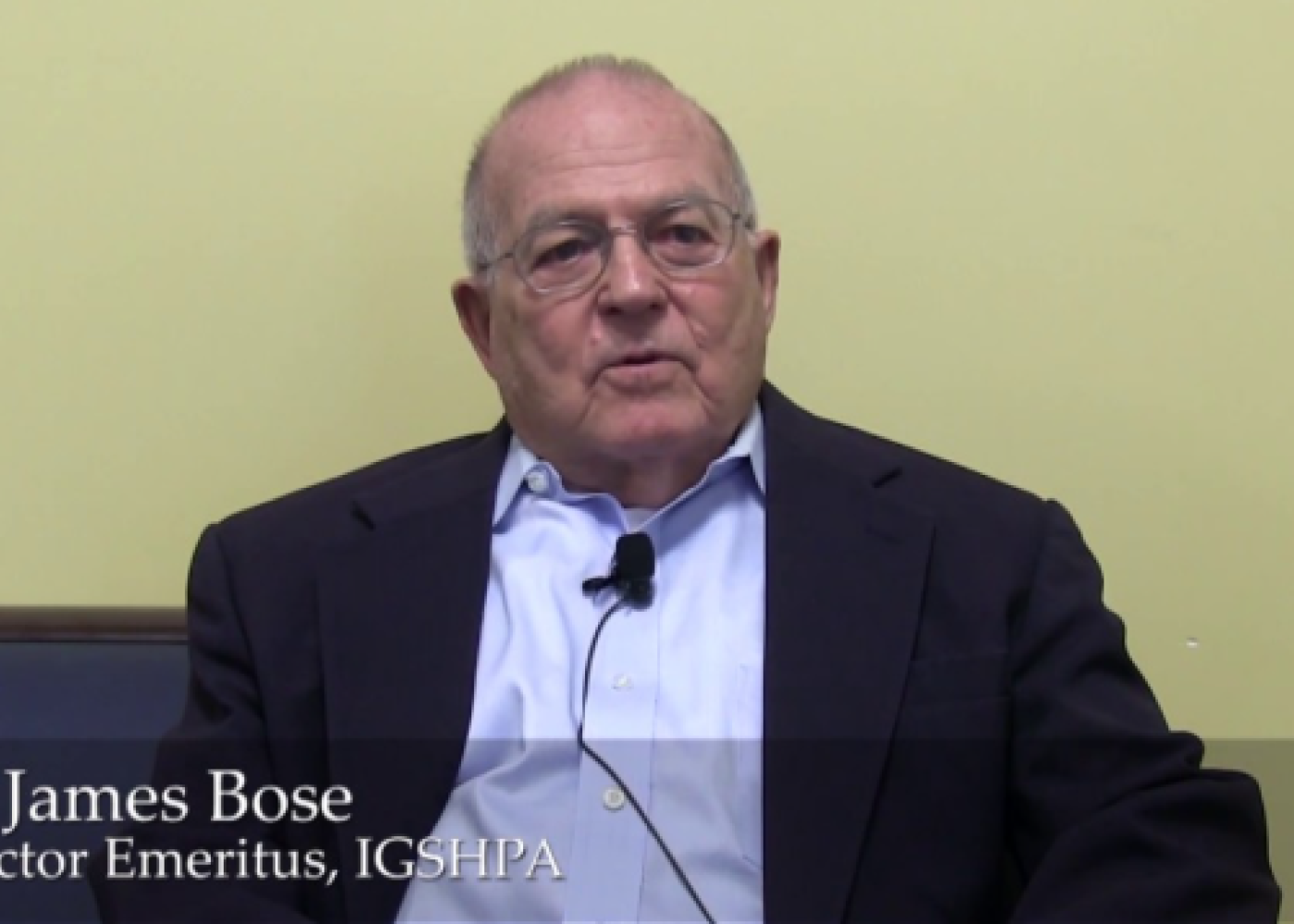
This year’s Geothermal Rising (GRC) Conference in Reno was, as always, a remarkable convergence of the brightest minds in our industry. But for me, this year's event held a profound personal significance. I was given the privilege of presenting the inaugural Dr. Jim Bose Excellence in Heat Pumps Award.
To stand on that stage and inaugurate an award bearing his name was a full-circle moment that connected the very beginnings of my own career with the innovative future our industry is now building.
The award was presented to a deserving pioneer of the modern era, Matthieu Simon, CTO and Co-founder of Celsius, for his work in pushing the boundaries of geothermal design.
For me, this was more than a ceremony. It was a chance to honor the man who trained me, Dr. Jim Bose, and to recognize the new generation of leaders who are carrying his legacy forward.

To understand the weight of this award, you must first understand the man it’s named for.
Dr. Jim Bose, a professor of Mechanical Engineering at Oklahoma State University (OSU), is widely and correctly regarded as the "father of the modern geothermal heat pump industry." While the concept of a heat pump had been around since the 1940s, it was Dr. Bose who, during the energy crisis of the 1970s, recognized its massive potential and dedicated his life to making it a practical, scalable reality.
His true breakthrough was developing the foundational engineering equations for closed-loop ground heat transfer. He essentially cracked the code, transforming geothermal from a niche idea into a verifiable, designable, and reliable technology.
But his genius didn't stop at the math. Dr. Bose understood that an industry needs a home. In 1987, he founded the International Ground Source Heat Pump Association (IGSHPA) at OSU. This single act established a global hub for research, development, and, most importantly, standardized training. He turned Stillwater, Oklahoma, into the epicenter of the geothermal universe.
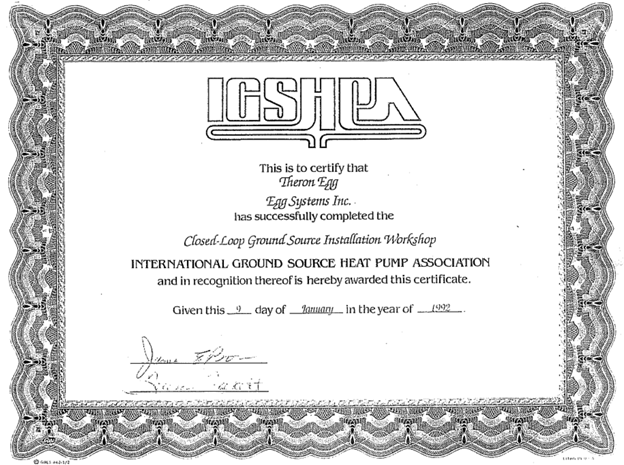
This new award is a continuation of Dr. Bose's life's work. It was established by Geothermal Rising to recognize "outstanding advancement in the development and deployment of low-temperature heat pump technology."
It's fitting that the first-ever recipient is Matthieu Simon and his team at Celsius.
Matthieu’s work represents the next logical evolution of Dr. Bose’s original equations. While Dr. Bose gave us the foundational science, Matthieu is pioneering the tools to optimize and deploy it at a massive scale in complex urban environments.
Celsius has pioneered a new approach that combines innovative well placement (including inclined well geometries), advanced digital twins, and physics-based full-system models. This work bridges the gap between raw subsurface science and practical, deployable, and highly efficient solutions for decarbonizing large buildings and campuses.
It is exactly the kind of innovation Dr. Bose championed.

Presenting that award to Matthieu was one of the great honors of my career. It felt like the past shaking hands with the future.
From being a young entrepreneur sitting in Dr. Bose's classroom at OSU, absorbing the fundamentals, to standing on the GRC stage recognizing a new leader who is defining the industry's future—it's a powerful testament to how far this industry has come.
We are no longer a niche concept. We are an essential solution.
Congratulations, Matthieu Simon, on being the fitting and deserving recipient of this inaugural award. The foundations Dr. Bose laid are strong, and the future being built upon them—by innovators like you—is brighter than ever.
